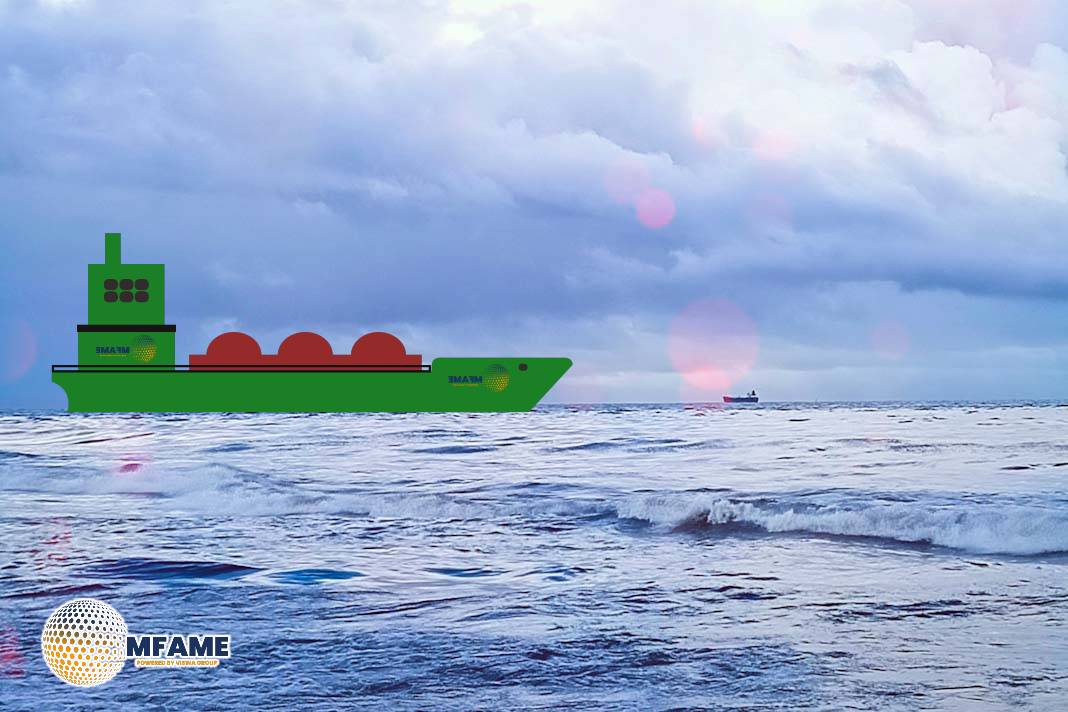 In a major step toward maritime decarbonization, Kawasaki Heavy Industries, Yanmar Power Solutions, and Japan Engine Corporation have successfully carried out the world’s first land-based operation of marine hydrogen engines. The test, conducted at Japan Engine’s headquarters, utilized a newly developed liquefied hydrogen fuel supply system marking a key milestone in Japan’s drive for carbon neutrality.
In a major step toward maritime decarbonization, Kawasaki Heavy Industries, Yanmar Power Solutions, and Japan Engine Corporation have successfully carried out the world’s first land-based operation of marine hydrogen engines. The test, conducted at Japan Engine’s headquarters, utilized a newly developed liquefied hydrogen fuel supply system marking a key milestone in Japan’s drive for carbon neutrality.
Backed by Japan’s Green Innovation Fund
The project is part of the Green Innovation Fund Projects under the “Next-Generation Ship Development” initiative by the New Energy and Industrial Technology Development Organization (NEDO).
Launched by Japan’s Ministry of Economy, Trade and Industry (METI) to support carbon-neutral technologies, the fund totals more than USD 13 billion (JPY 2 trillion), with additional allocations in FY 2022 and FY 2023. It supports companies from R&D through to commercialization, accelerating innovation in key energy transition sectors.
Groundbreaking Demonstration and Results
Kawasaki Heavy Industries developed the liquefied hydrogen fuel supply system that stores and gasifies liquid hydrogen to feed both high- and low-pressure engines.
Using this system, Kawasaki and Yanmar Power Solutions successfully demonstrated stable hydrogen combustion in medium-speed, four-stroke engines, achieving rated output and confirming operational stability. Japan Engine Corporation is developing a low-speed, two-stroke hydrogen engine, scheduled to begin testing in spring 2026.
All three engine types feature a dual-fuel system capable of switching between hydrogen and diesel, ensuring both flexibility and reliability while significantly reducing greenhouse gas emissions.
Key Engine Specifications
| Manufacturer | Type | Model | Engine Speed | Rated Output |
|---|---|---|---|---|
| Kawasaki Heavy Industries | Medium-speed four-stroke | 8L30KG-HDF | 720 min⁻¹ | 2600 kWm |
| Yanmar Power Solutions | Medium-speed four-stroke | 6EY22ALDF-H | 900 min⁻¹ | 800 kWm |
| Japan Engine Corporation | Low-speed two-stroke | 6UEC35LSGH | Max. 167 min⁻¹ | Max. 5610 kW |
Following the successful land-based demonstrations, the three companies plan to collaborate with shipowners and shipyards for onboard trials. Their joint efforts represent Japan’s unified commitment to lead the global transition to hydrogen-fueled ships a crucial step toward achieving carbon neutrality by 2050.
Did you subscribe to our daily Newsletter?
It’s Free Click here to Subscribe!
Source: MARINE LINK















